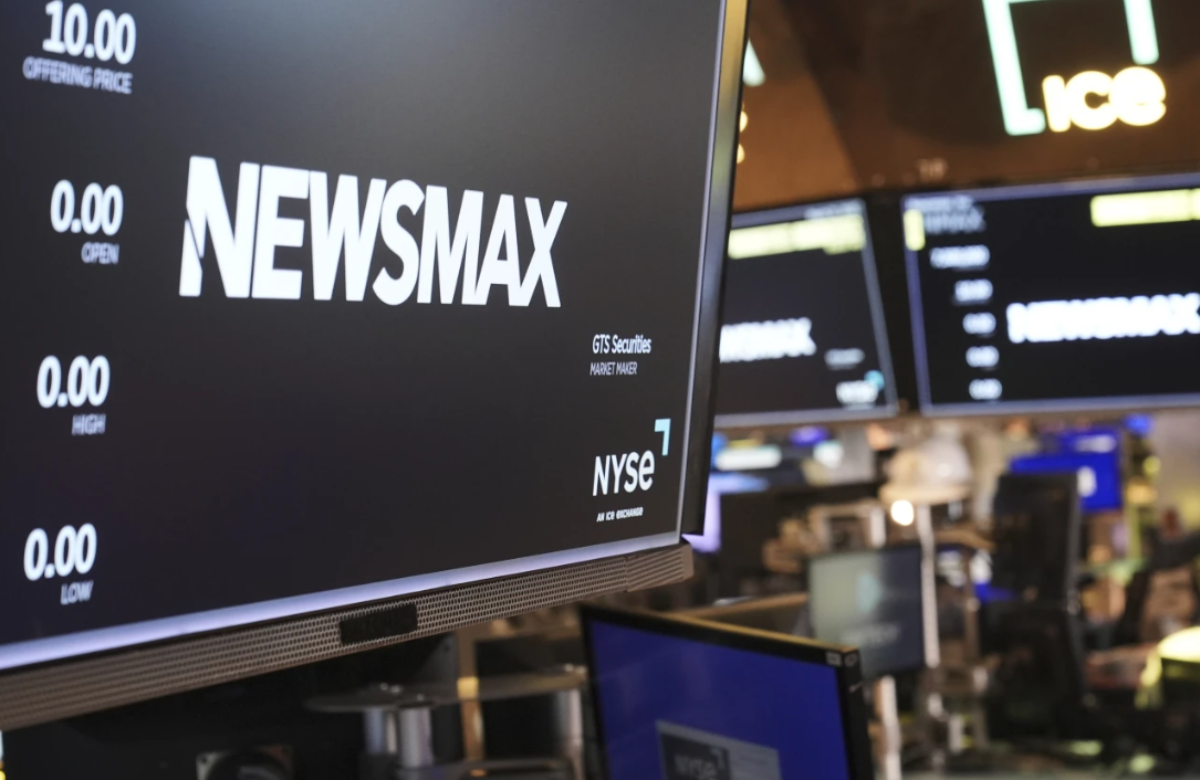Last week, the number of Americans applying for unemployment benefits dropped slightly, staying within the typical range seen in recent years.
According to the Labor Department, jobless claims fell by 6,000 to 219,000 for the week ending March 29, which is below the 226,000 applications that analysts had predicted.
These weekly jobless benefit applications are often used as an indicator of layoffs, and they have generally stayed between 200,000 and 250,000 over the past few years.
However, concerns are rising among economists about a potential global economic slowdown following the Trump administration’s announcement of significant tariff increases. This could impact the strong labor market that has been resilient despite various challenges.
In addition to the tariffs, the Trump administration is moving forward with plans to significantly reduce the federal government workforce, a pledge that’s now being put into action.
While it’s unclear when these government-related job cuts will appear in the weekly layoffs data, some economists believe they could show up in the Labor Department’s March jobs report, scheduled for release on Friday.
The February jobs report revealed that the federal government cut 10,000 jobs, marking the largest reduction since June 2022.
On Monday, some employees at the Food and Drug Administration were instructed to pack their laptops and prepare for the possibility of not returning, according to an internal email.
These widespread job cuts are expected to eliminate 20,000 positions—nearly 25% of the staff—at the Department of Health and Human Services. This includes 10,000 layoffs and another 10,000 employees opting for early retirement and voluntary separation packages.
Other federal agencies, such as the IRS, Small Business Administration, Veterans Affairs, and Department of Education, have either announced job cuts or are planning to do so.
These layoffs are part of the Trump administration’s strategy to reduce the size of the federal workforce through the Department of Government Efficiency (DOGE), a program led by billionaire Elon Musk.
Despite signs of slowing in some areas over the past year, the labor market remains strong with abundant job opportunities and relatively low layoff rates.
In February, U.S. employers added 151,000 jobs, and the unemployment rate slightly increased to 4.1%, still considered healthy by historical standards. Analysts predict that March will show an increase of 130,000 nonfarm payroll jobs, with the unemployment rate rising slightly to 4.2%.
Several major companies have also announced job cuts this year, including Workday, Dow, CNN, Starbucks, Southwest Airlines, and Meta (formerly Facebook).
The four-week average of jobless claims, which smooths out weekly fluctuations, dropped by 1,250 to 223,000.
Additionally, the number of Americans receiving unemployment benefits for the week of March 22 rose by 56,000 to 1.9 million—the highest level since November 2021.














